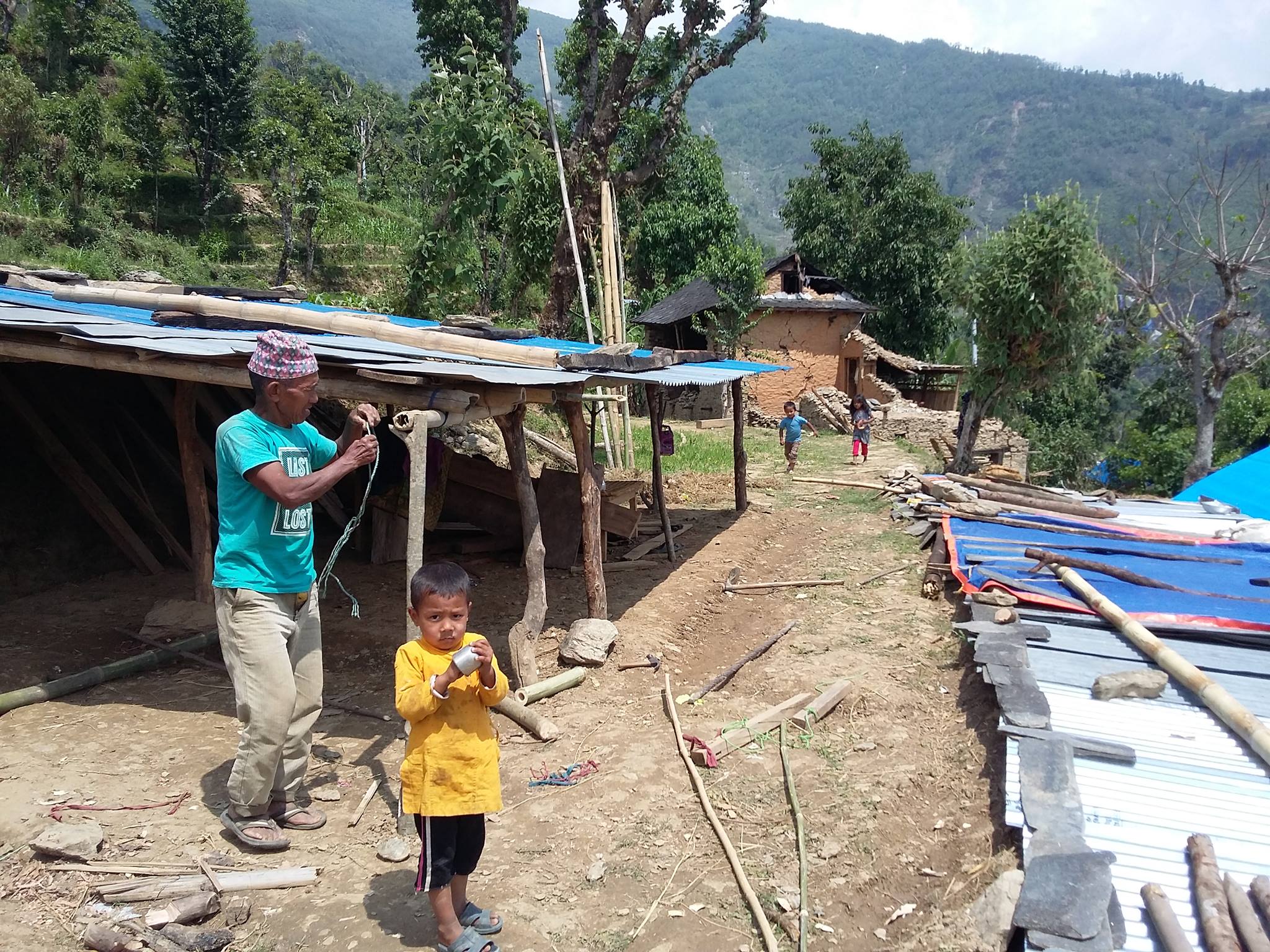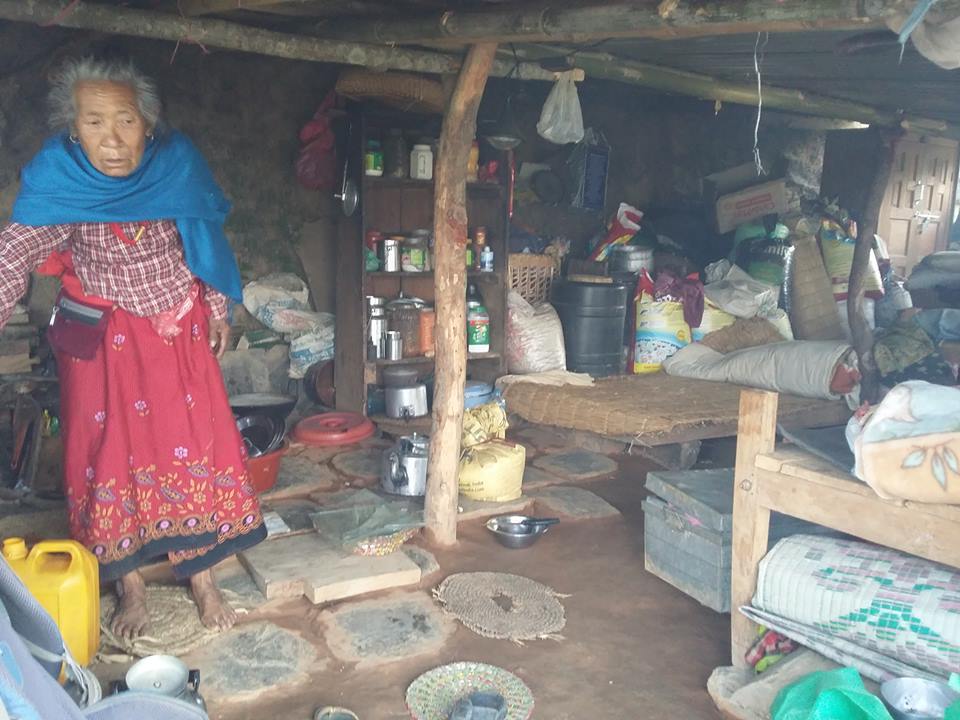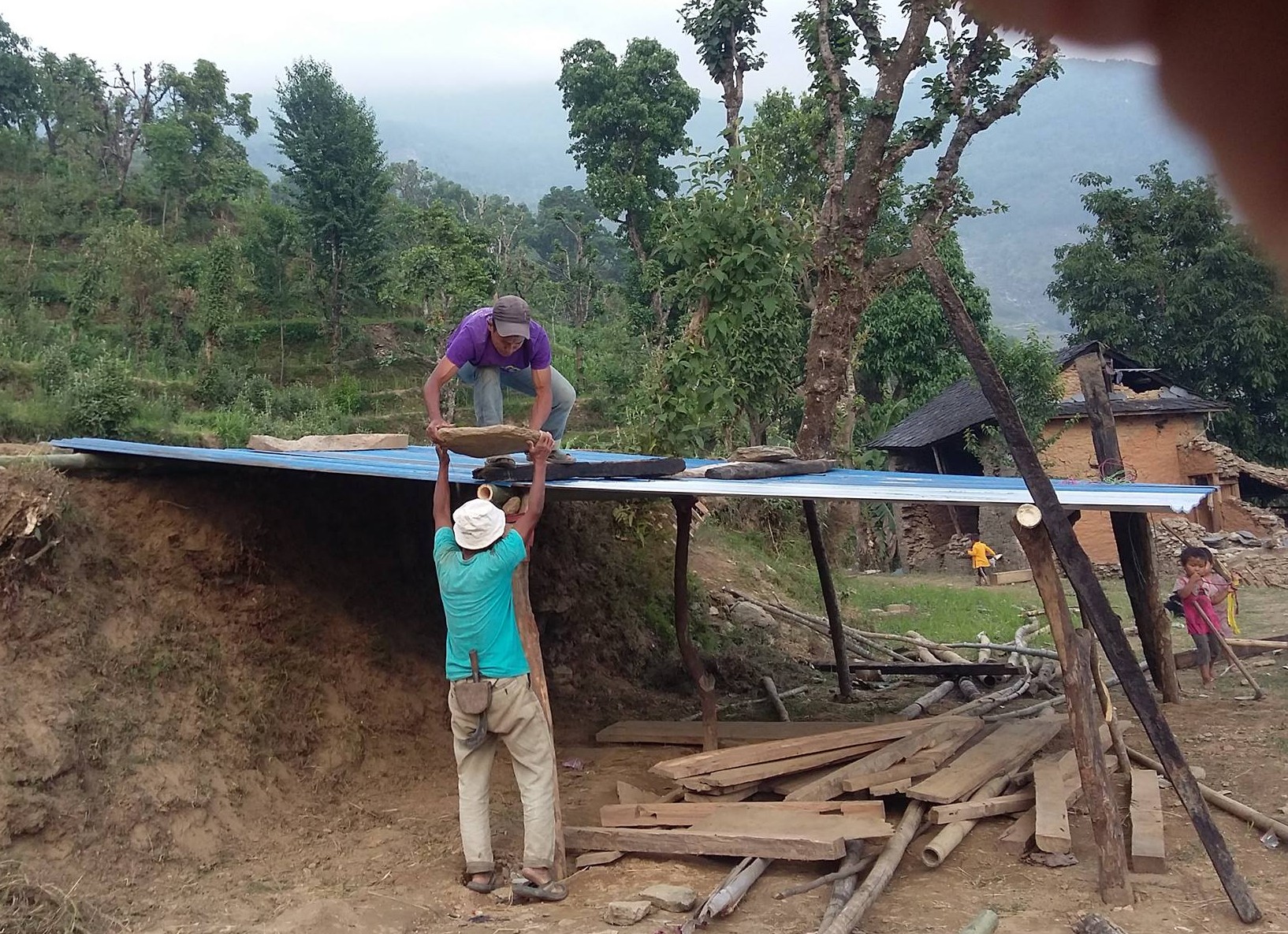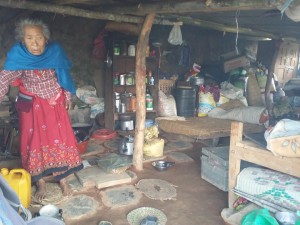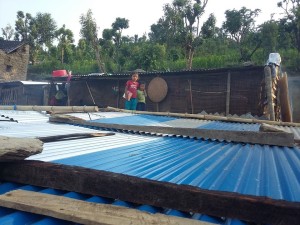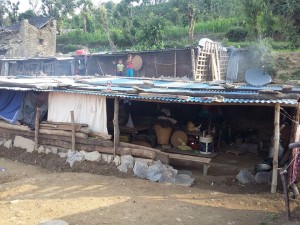Making Do in Darkha
Preparing for the rainy season in Darkha, Nepal –
Rebuilding in Darkha will likely be a long, difficult process. But people in rural Nepal aren’t thinking much about that right now. They’re thinking about the rain. Indeed, in rural Nepal, the imminent monsoon season looms large over everything that aid organizations and their village partners do. We talk a lot about phased rebuilding, and like other aid organizations, we are constantly worrying over potential building materials and their sourcing, weighing their appropriateness to the village residents’ anticipated needs. In Darkha, though, these are hopelessly academic discussions– they’re just worried about getting a roof up before the rain starts.
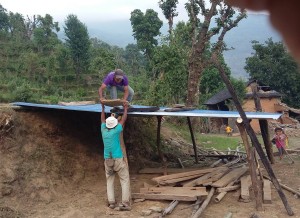
Waiting just isn’t an option, and while we’d love to provide advanced shelters for every family, the money and means of acquiring and transporting all of the necessary supplies just aren’t within our grasp. Right now, the only imperatives are speed and survival.
This uneasy tension between meeting immediate needs and meeting long term goals is always with us. Will these temporary shelters be safe during aftershocks? Can the expedient shelter materials we are sourcing right now be reused when more permanent rebuilding begins after the monsoons? Will shelters that provide good cover during the rainy season even be habitable in warmer weather, or will they turn into ovens? The tenuousness of the transportation infrastructure means that we’re always always one mudslide away from a humanitarian crisis, so we need to make sure the village has access to food to outlast lost access from aftershocks and the rain.
The villagers in Darkha have been asking for GI sheeting in order to construct temporary shelter, and a UK-based organization has recently responded with a significant supply. It’s a building material that they’re familiar with, and as more durable structures are built after the rain stops, these temporary shelters can be taken apart for parts or, more likely, used to shelter livestock.
Right now, we believe that their requirements for sheeting will be met before the rains start in earnest, but we’re increasingly concerned about their food security. Our coordinators and contacts in the village have asked for 250 30 Kg sacks of rice–that’s more than eight tons–to see them through the immediate crisis. Roads are wiped-out during the rainy season under the best of conditions, and nobody knows when, (or even how), restoration of transportation infrastructure will take place.
With this in mind, we want to get enough food to the village to last them through September. This food aid will be for families in Darkha village, as well as other rural villages to the north. Please, consider helping us meet the Darkha villagers’ needs. We need your help.

